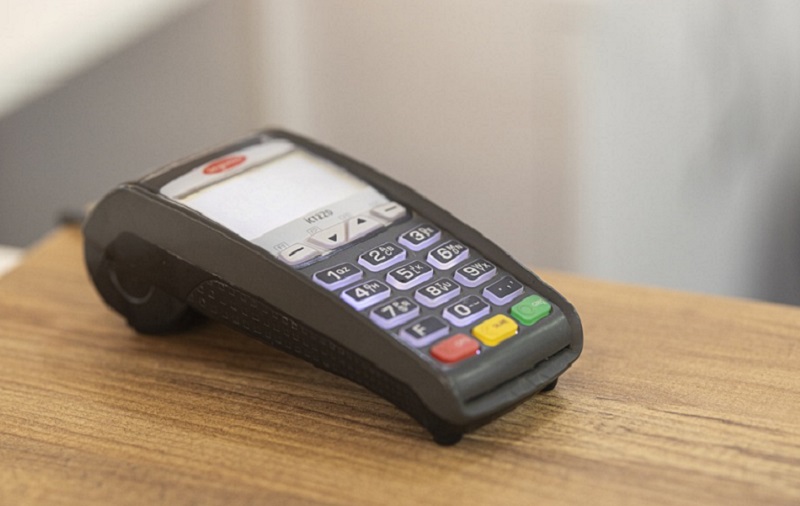Why not a Retail POS System for a Restaurant?
The decision of choosing the right POS for your restaurant is crucial. One of the biggest mistakes restaurant owners do while busying a POS system for their setup is that they buy POS intended for retailers.
It is a convenient step to take but can cost you many business opportunities. Although, both are quite similar and have the same features and hardware.
Restaurants have certain operational challenges that are quite different from the retail business. Keeping that in front, only a POS system built with industry-specific features can bring the solution to the table. It is most unlikely that a retail POS can help your restaurant business in the same way as a restaurant POS system would.

A POS designed according to the needs of a restaurant can add value to the business by making the process more efficient and faster. Ultimately resulting in better customer experience and turning them into loyal customers.
A modern POS system is way more than just some help for your day-to-day tasks, but also about the long-term business growth. It comes with the option of relevant add-ons like reservations and online ordering, that can help your business cover all the business opportunities.
Although retail POS and a restaurant may look the same, there are major differences which we are going to explore now.
Difference Between a Restaurant POS System and a Retail POS
Both POS systems perform everyday operations for the business but have different functions to serve. To better understand the differences, it is important to compare the software and hardware components of the restaurant POS system and Retail POS system.Software Difference
First of all, let's take the checkout process of both systems into the consideration.
In a retail business, a customer is supposed to bring all the purchased items to the POS terminal, so that the counter person can scan the items with a barcode scanner. After scanning the next step is to do the transaction. All the selected items are added into a specific transaction and then the customer selects their preferred payment method and completes the sale. The last step is to print the customer receipt and the transaction is closed.
In short, in retail POS software, all products have an assigned inventory number (barcode) that a cashier inputs into the system. After that, the POS is supposed to complete and close the transaction. In other words, the retail POS software is built to complete sales, primarily.
On the other hand, restaurants operate differently. A staff member uses a POS system to take customers' orders and that information along with the details are shared with the kitchen.
In the Restaurant POS system, menu items are connected with the inventory along with the description and graphics of the items instead of barcodes. This fact makes the interface of the POS system look quite different in comparison to the retail one. Once the order is placed, it activates all the departments related to that i.e., inventory and kitchen, as the staff starts to prep the food.
Moreover, the transaction process in the restaurant POS doesn’t get closed immediately but it remains open until the order is ready and the customer is available to settle its bill. This allows the employees to add or modify the order by making new transactions each time.
Hardware Difference
The difference in the checkout process in retail and restaurant business leads us to the next variation in why each POS is equipped with unique hardware.
As mentioned before, retail transactions are supposed to be closed at the terminal, immediately. Considering that, most retail POS are stationary and cannot be moved throughout the store (few modern POS systems so have mobile terminals. The stationary terminals are usually equipped with retail-oriented hardware items including printers, cash drawers, and barcode scanners.
However, the restaurant setup requires you to remain the transaction open and have portable features like restaurant iPad which enables the customers to utilize the order-making options like tableside ordering.
Also, a POS is designed for the restaurant has additional hardware requirements like thermal printers for customer receipts, kitchen printers for ticket printing for in the kitchen process, customer displays, and mobile payment terminals.
These differences in the POS systems are important to be considered for a better customer experience. Facilitating your customers in every way possible actually brings new opportunities to the restaurant business and helps it become more successful, ultimately.